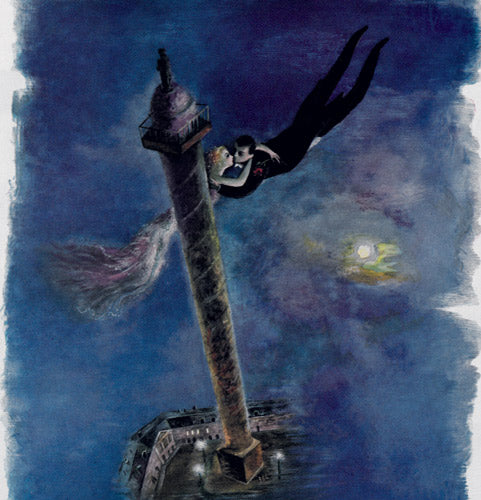Histoire & Genre Perfumer's guide
Now characteristic of niche perfumery, gender-neutral fragrances are by no means a novelty.
In fact, historically, the sacred and spiritual nature of perfume had nothing to do with the notion of masculine or feminine. Since ancient Egypt and Rome, perfume has been a social marker and has also had a therapeutic dimension, depending on the society.
Over the centuries, techniques evolved, new production methods appeared and perfume evolved. There are now perfumes, eaux de toilette, concentrates and eaux de Cologne, as many juices to suit as many people as possible.
It was only in the 20th century that the genre was introduced into the codes of perfumery, with a purely commercial objective. The difference was no longer made by social status, but by gender. The romantic, flowery woman faced the powerful, clean-smelling, woody man. While women's fragrances are aesthetically pleasing, men's fragrances respond to a need for cleanliness and freshness.
It wasn't until the 90s that a small public revolution took place with the arrival of CK One, a fragrance for oneself, beyond gender, that virtually asserted its non-seductiveness. Perfume no longer focuses on gender, but on the self. While in a more confidential shadow form, niche brands are returning to the essentials, focusing on the quality of ingredients, resolutely shorter formulas and the art of composition. The bottle is designed to be uniform, with no declaration of "gender", and muses are no longer used as standard-bearers, provided they are willing to play the advertising game. The niche invites knowledge - if not expertise - of notes, accords and fragrance families. Each individual must then discover his or her own preferences, independently of what marketing dictates, to make a choice of heart and skin.
D'ORSAY has drawn on this heritage to create its collection of creative, gender-neutral perfumes.
